Understanding Non-Economic Loss and Damage: The Human Cost of Climate Change
It is crucial to recognize the impacts of Loss and Damage (L&D) caused by climate change, particularly Non-Economic Loss and Damage (NELD) —the irreversible losses to culture, identity, mental health, and ways of life. These articles, produced under Climate Action Network South Asia (CANSA) media fellowship programs with Nepal Investigative Multimedia Journalism Network (NIMJN) Nepal and The Center for Investigative Reporting (CIR) Sri Lanka, shed light on how communities in these regions are experiencing and responding to these challenges.
🔹 Nepal: Read CANSA & NIMJN’s reports on displacement in Upper Mustang and the mental health crisis among disaster survivors. 🔹 Sri Lanka: Explore CANSA & CIR’s insights into the Rathugala Adivasi community’s fight to preserve traditional bee honey harvesting amid climate change threats.
Meet Our Fellows
Read MoreCompendium of articles produced under NELD Media Fellowship
Download Here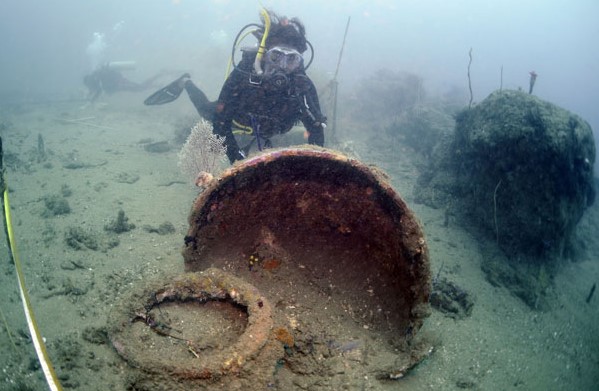
Warmer Oceans, Acidification Endanger Sri Lanka’s Maritime Heritage
Malaka Rodrigo | March 30, 2025
Produced under the CIR-CANSA Media Fellowship Programme for Non-Economic Loss and Damage, this article explores how Sri Lanka’s 200+ shipwrecks, from the ancient Godawaya Shipwreck to HMS Hermes, that serve as artificial reefs are threatened by climate change. Rising sea temperatures, ocean acidification, and extreme weather accelerate their decay, threatening both history and marine ecosystems. Without urgent conservation, these maritime relics could be lost, along with invaluable insights into the past and their role in sustaining ocean biodiversity
Read More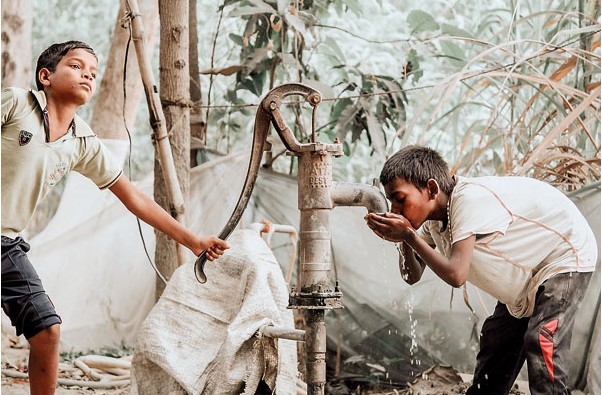
Sweltering Conditions Put Young Lives and Learning at Risk
Malaka Rodrigo | March 30, 2025
Produced under the CIR-CANSA Media Fellowship Programme for Non-Economic Loss and Damage, this article explores how rising temperatures in Sri Lanka threaten children’s health and education. From heatstroke during sports to learning disruptions in overheated classrooms, the risks are growing. Urgent action is needed to protect students from extreme heat’s escalating impact.
Read More
Climate Change Takes Toll On The Himalayas: Nepal’s Upper Mustang Could Soon Lose Its Cultural Identity And Existence
Ghanshyam Khadka | March 28, 2025
In the heart of the Himalayas, Mustang’s ancient monasteries, palaces, and mud homes are crumbling under the weight of climate change. Rising temperatures, increased rainfall, and melting snow threaten centuries-old architecture, putting an entire cultural heritage at risk. As modern interventions take over, the challenge is to find sustainable ways to protect Mustang’s unique history before it disappears.
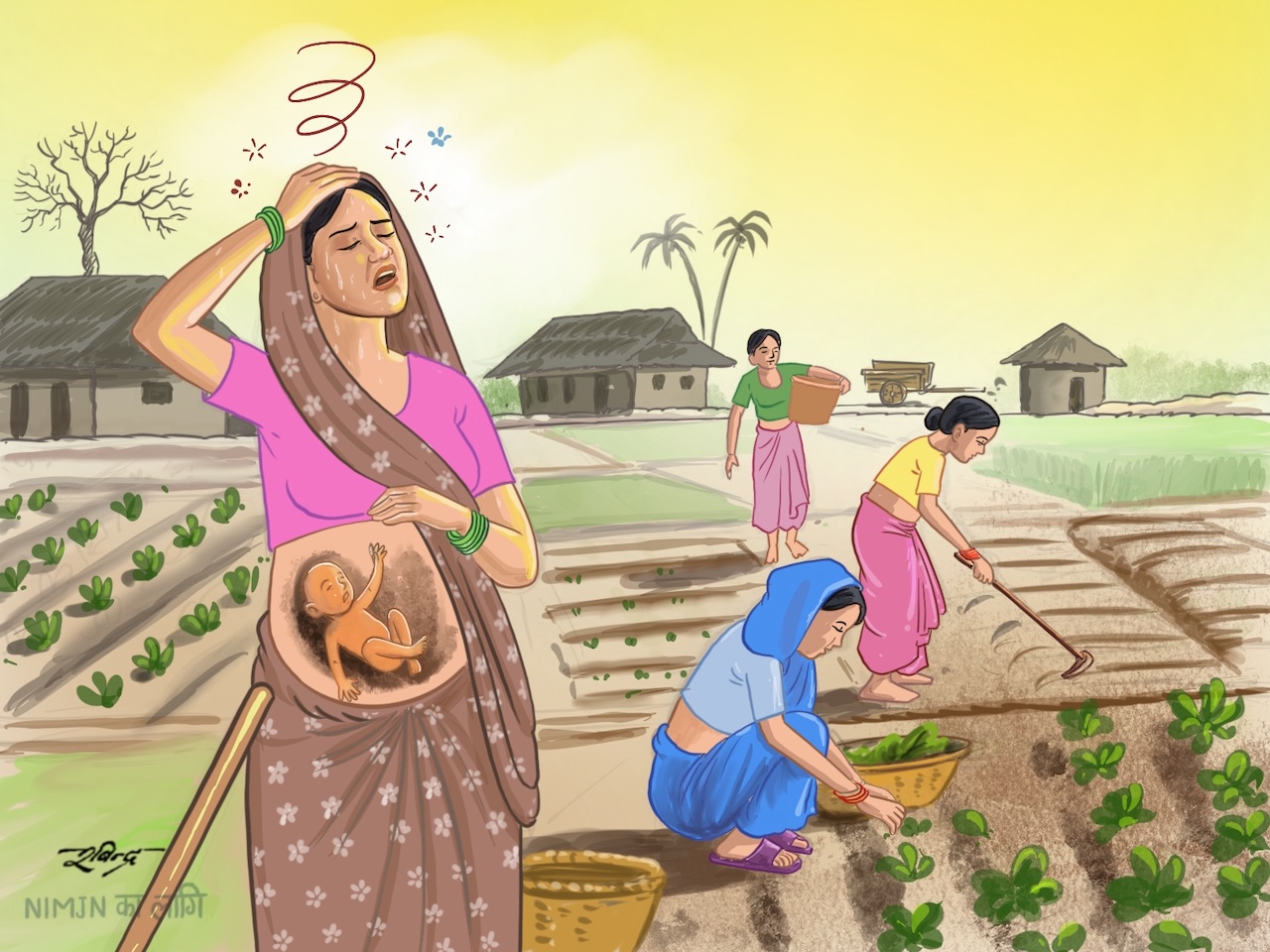
How risky is heat for pregnant women?
Bhagirathi Pandit | March 20, 2025
Rising global temperatures are increasingly linked to premature births and low birth weight, a growing concern in Nepal. Maya Kohar, a young mother from Rupandehi, recently experienced a preterm birth, highlighting the risks posed by extreme heat. Studies show that heat exposure can affect fetal development, raising the likelihood of premature births and complications. This article explores how climate change is impacting maternal health in Nepal and around the world, urging the need for greater awareness and action.
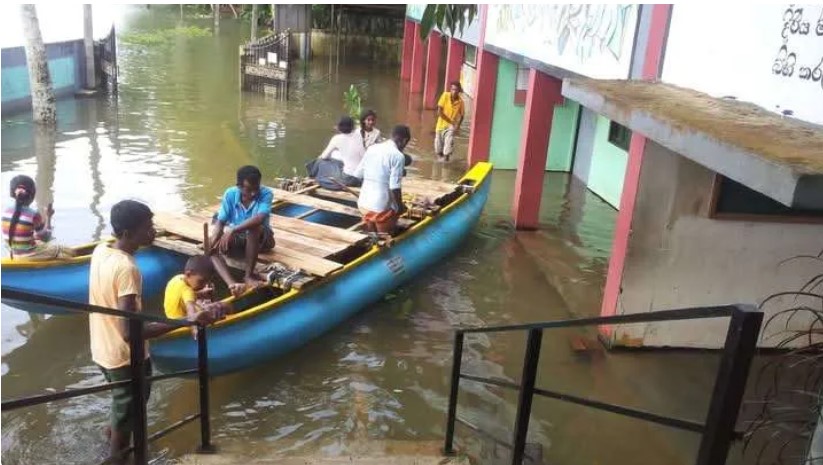
The disastrous floods of Kalutara
Buddhika Samaraweera | March 13, 2025
The Kalutara District in Sri Lanka is increasingly vulnerable to the devastating impacts of climate change. Flash floods, once rare, now disrupt daily life, displacing thousands, damaging homes, and impacting education. As heavy rains become more frequent and severe, the human cost grows, putting communities and schools at risk. This article explores the challenges faced by the residents of Kalutara and highlights the urgent need for climate action
Read More
Eroding shorelines, vanishing memories: Families in Kalpitiya battle climate woes
Aanya Wipulasena | March 06, 2025
In Sri Lanka’s Kalpitiya peninsula, entire villages are vanishing as the sea swallows homes, schools, and even centuries-old churches. Families who once thrived by the coast now face displacement, their traditions and communities eroding with the shoreline. This is not just a story of lost land—it’s a story of lost identity, culture, and way of life.
Read More
How climate change impacts Sri Lanka’s dengue disease burden
Kamanthi Wickramasinghe | March 06, 2025
Sri Lanka is grappling with a rising dengue burden, worsened by climate change. Unseasonal rains, higher temperatures, and poor waste management are fueling mosquito breeding, extending peak dengue seasons, and increasing infection rates. This article explores the climate-disease link, its impact on vulnerable communities, and the urgent need for sustainable interventions.
Read More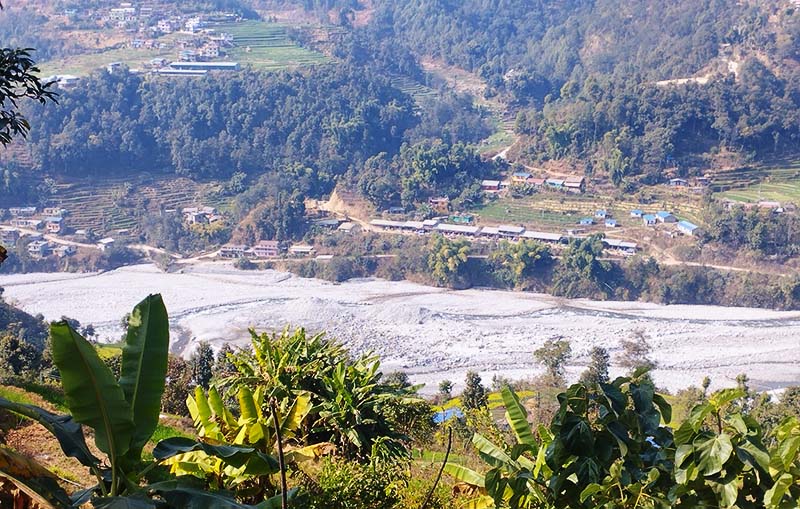
Four Years After Melamchi Flood Disaster: Trauma of the Affected Remains Unhealed
Bhagirathi Pandit | March 03, 2025
The Melamchi flood, a climate-linked disaster, devastated families, leaving behind profound non-economic losses. The article explores how beyond monetary damage, survivors grapple with social stigma, cultural disruption, and mental trauma. Displacement and migration compound their distress. As highlighted by the UN and ICIMOD, these intangible losses, impacting human life and well-being, far outweigh economic calculations, underscoring the enduring human cost of climate change.

Rathugala Adivasis Struggle to Preserve Bee Honey Harvesting Amidst Climate Change
Kamanthi Wickramasinghe | Feb 19, 2025
Sri Lanka’s Rathugala Adivasi community faces mounting challenges in preserving their traditional bee honey harvesting practices. Climate change, government regulations, and habitat loss threaten this centuries-old livelihood. This article explores the urgent need for conservation efforts to protect both indigenous heritage and pollinator
ecosystems.

Non-Economic Losses in Upper Mustang: Samjong Residents Displaced by Climate Change
Ghanshyam Khadka | Feb 03, 2025
Samjong, a once-thriving village in Nepal’s Upper Mustang, was abandoned in 2015 due to severe water shortages caused by climate change. Displaced villagers now struggle with land insecurity in Namsung. The article highlights adaptation strategies like solar-powered water lifting and reforestation to address climate-induced migration in the Himalayas.




